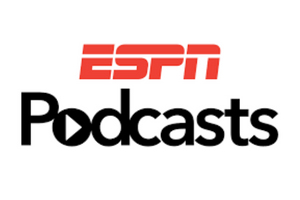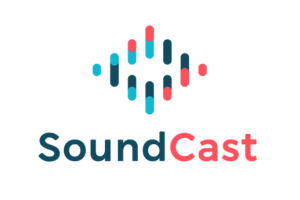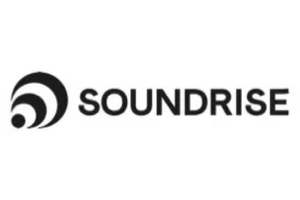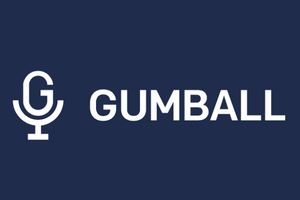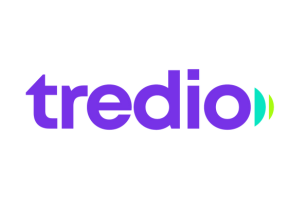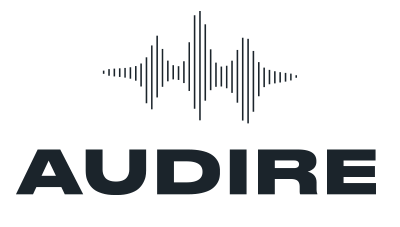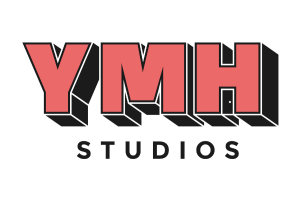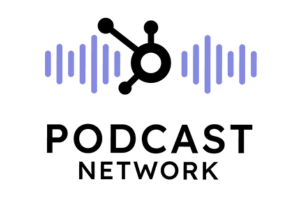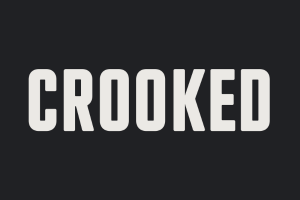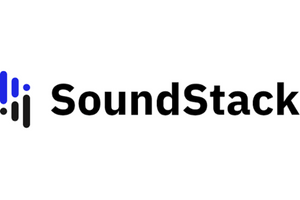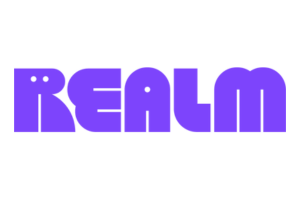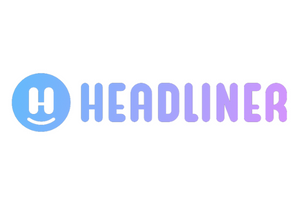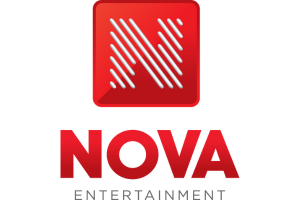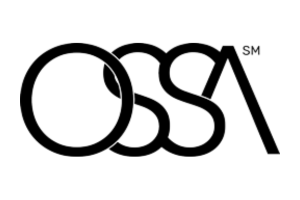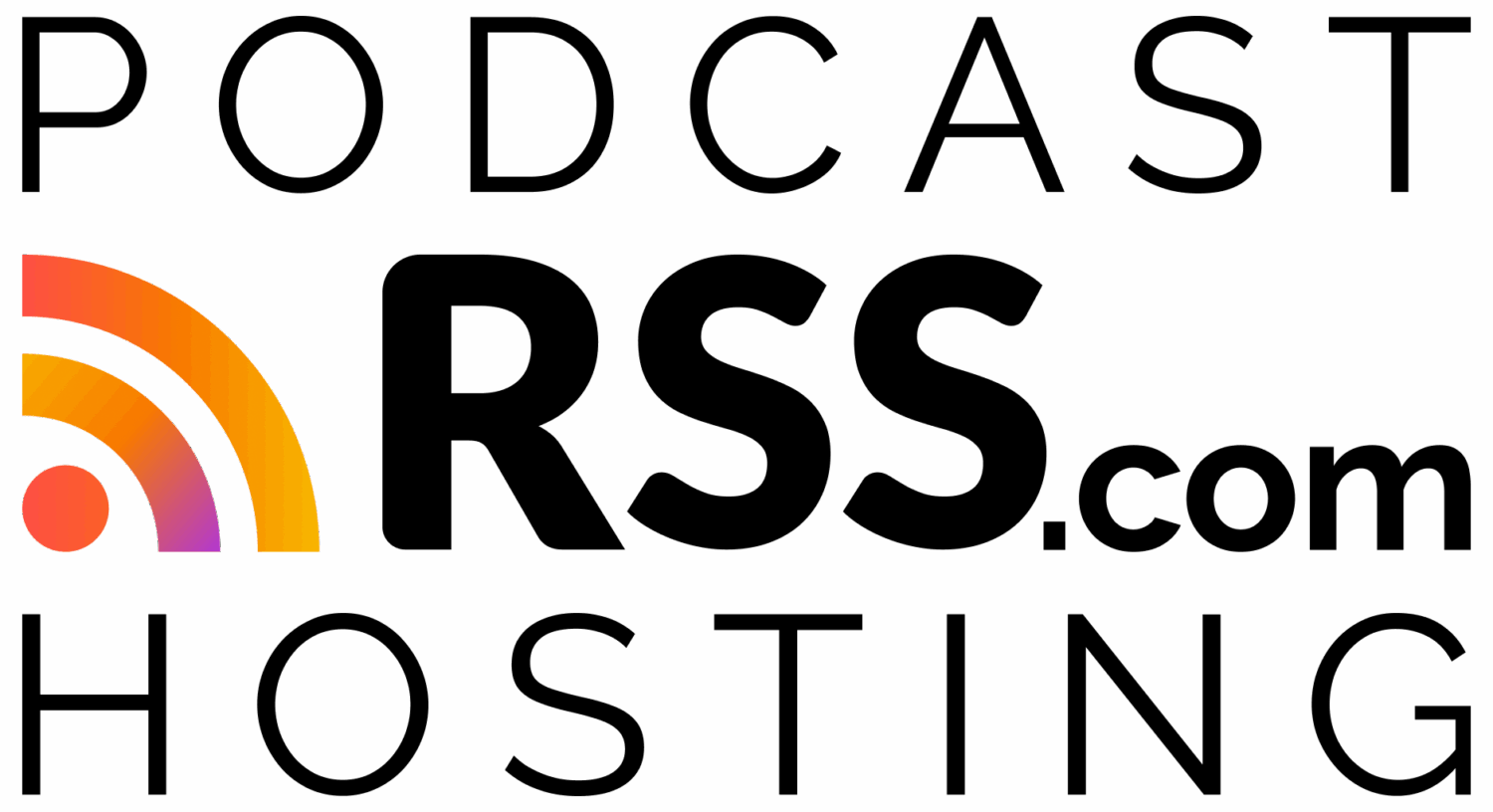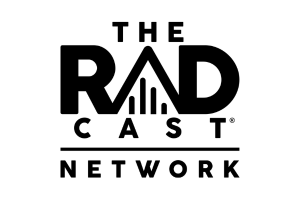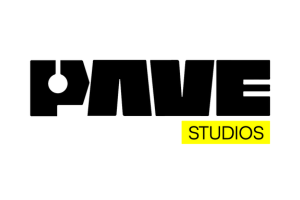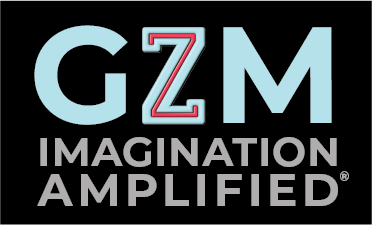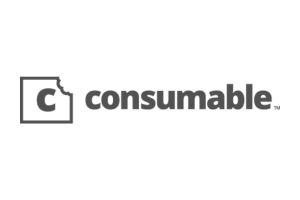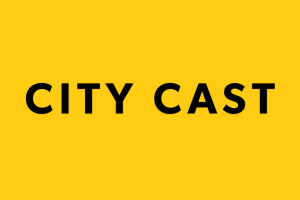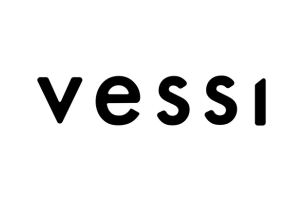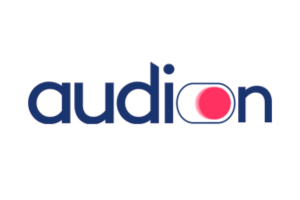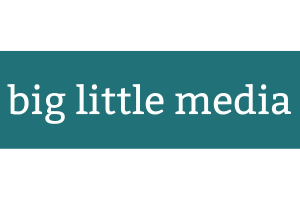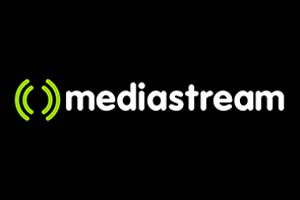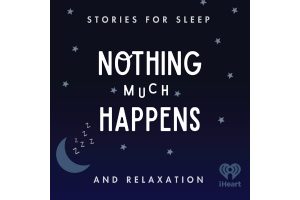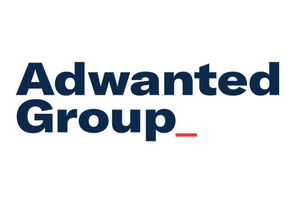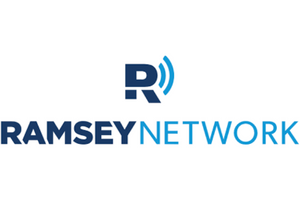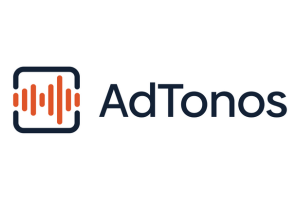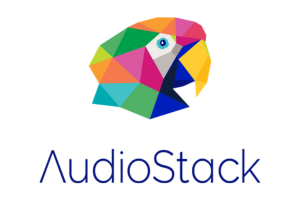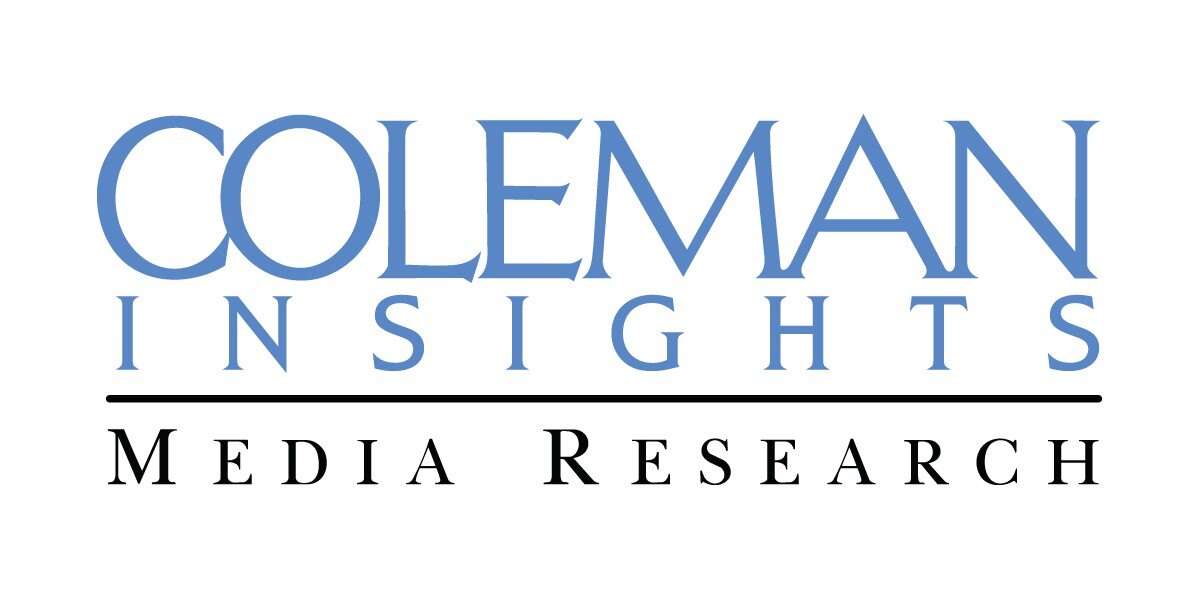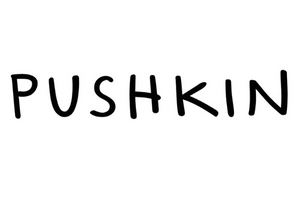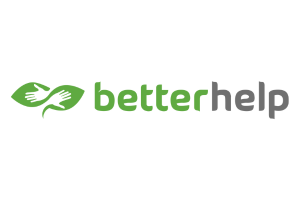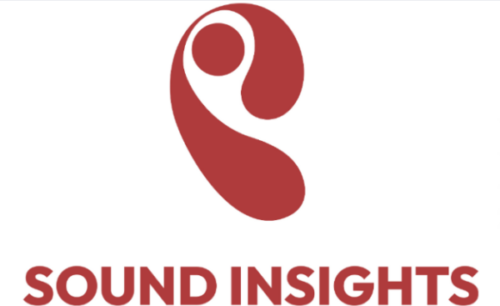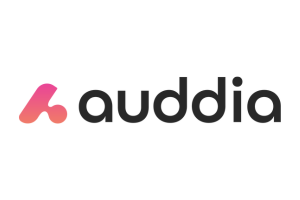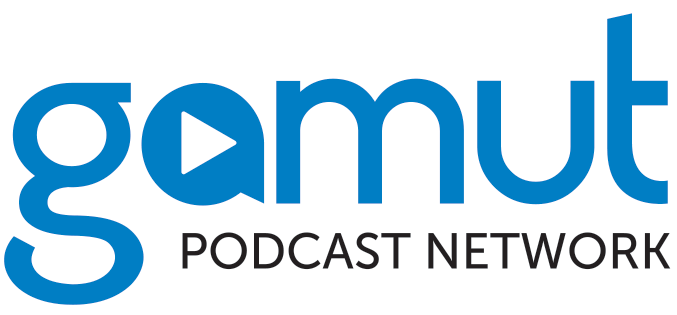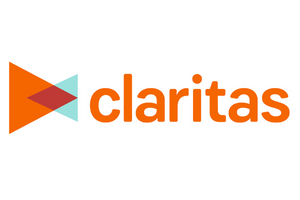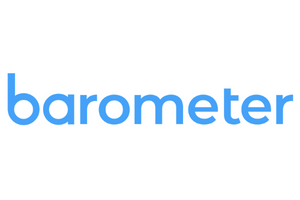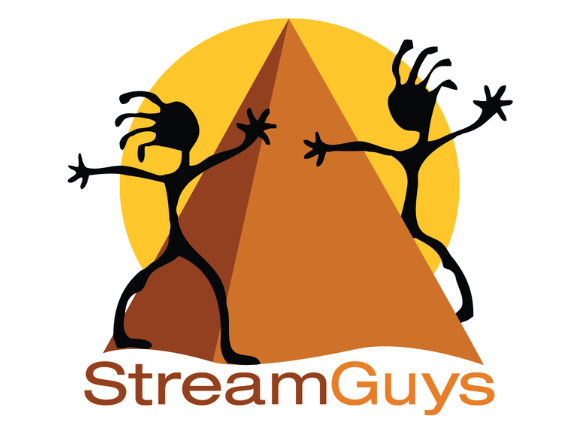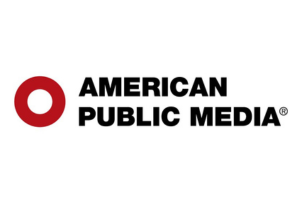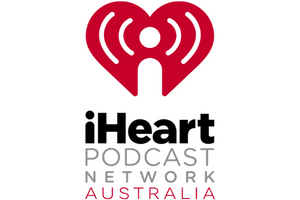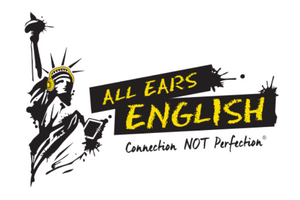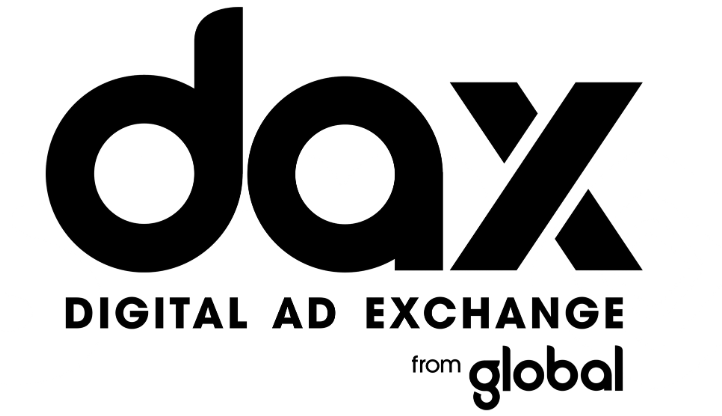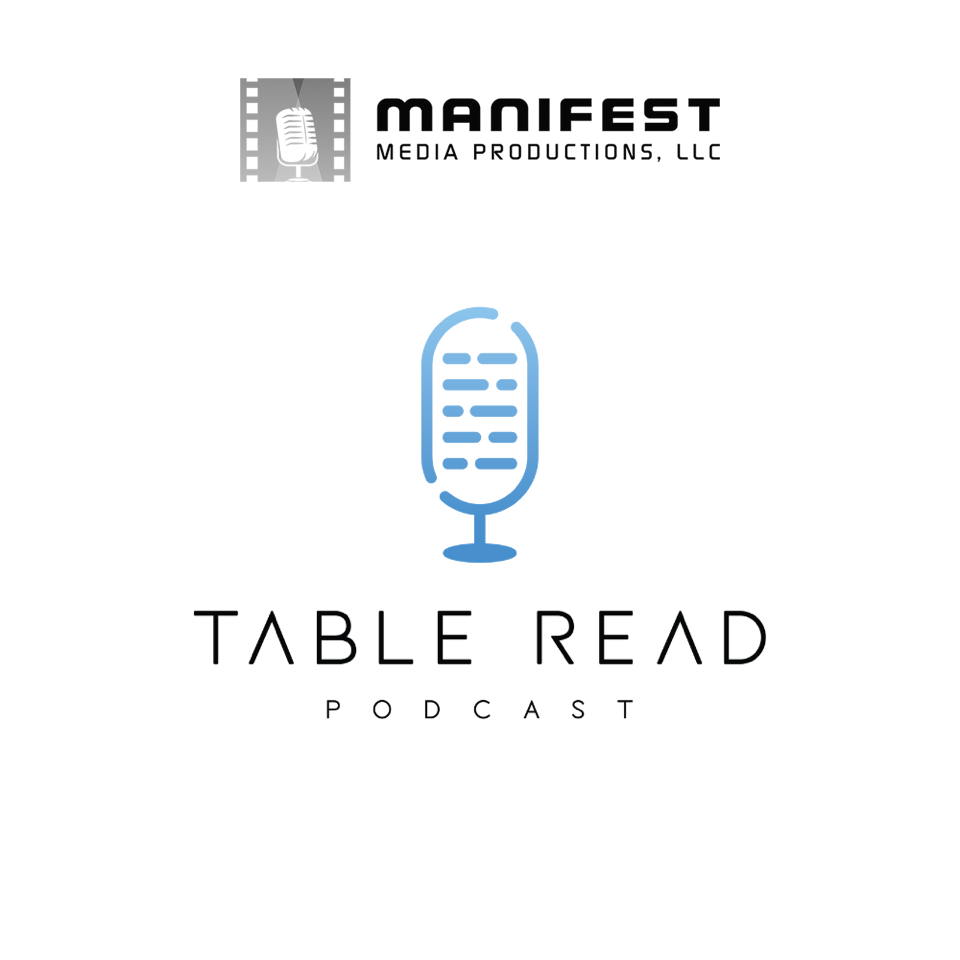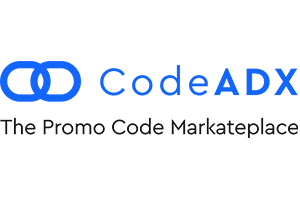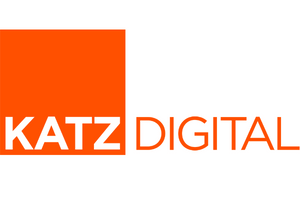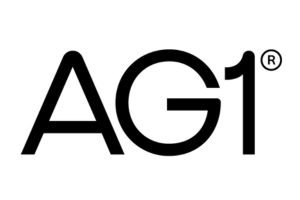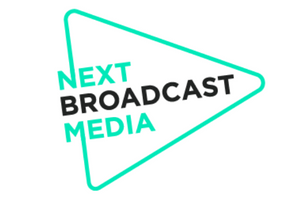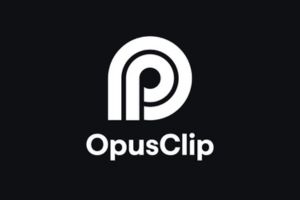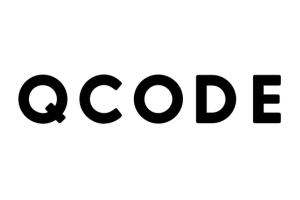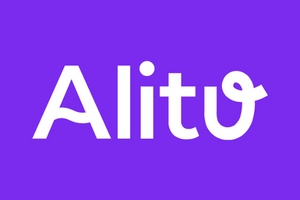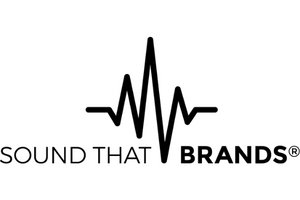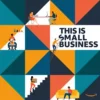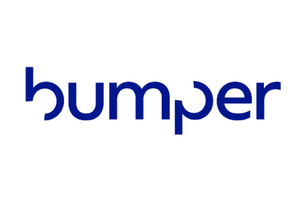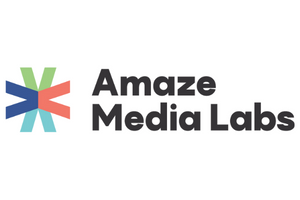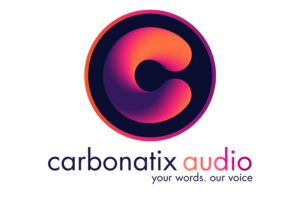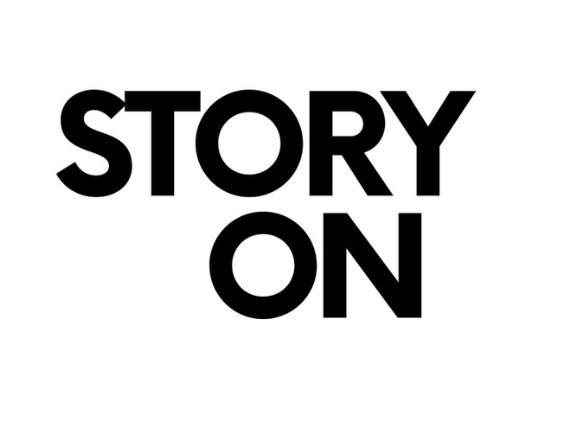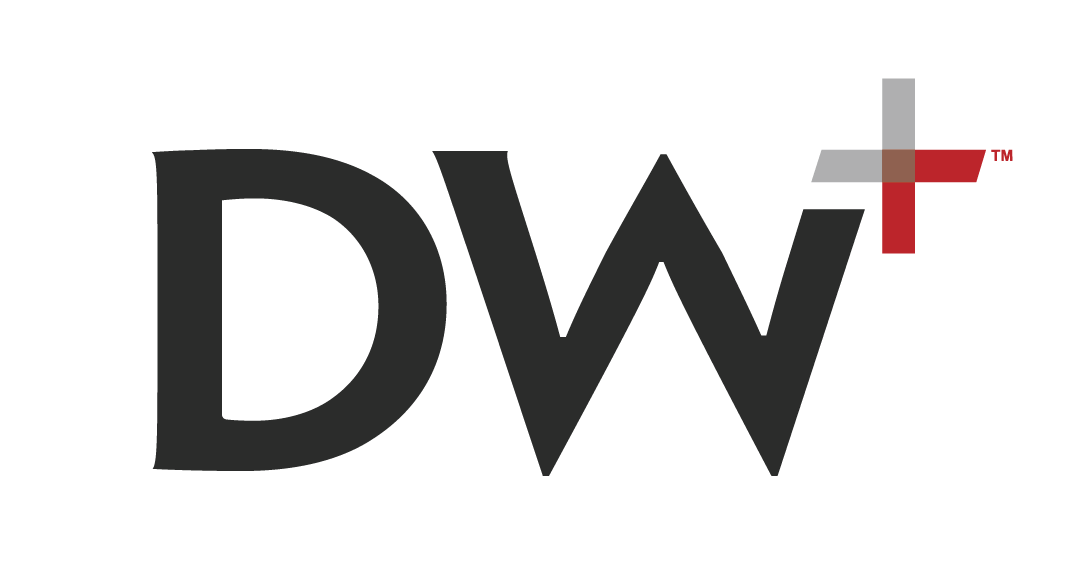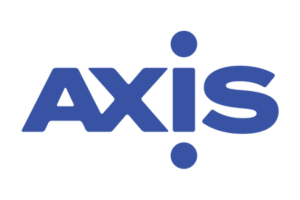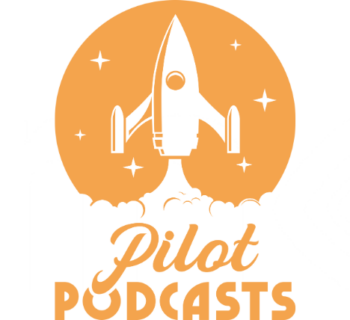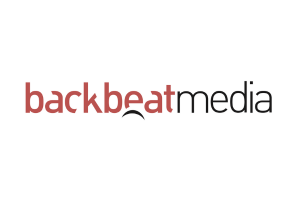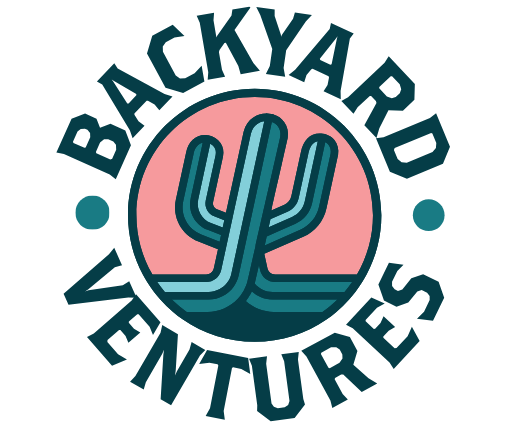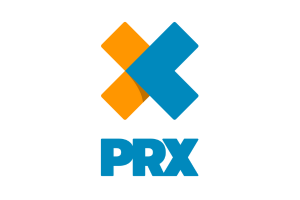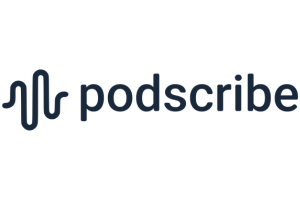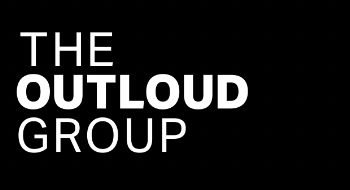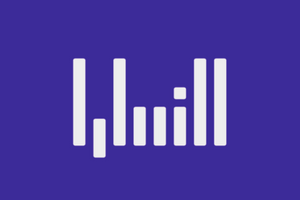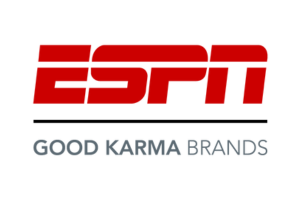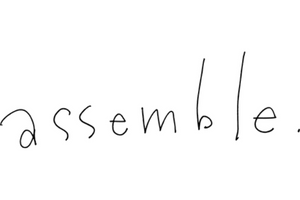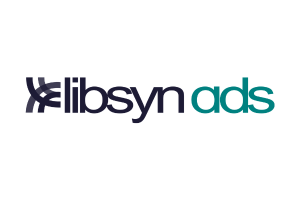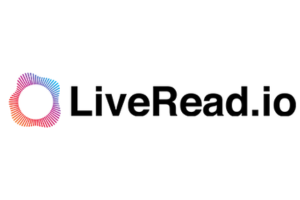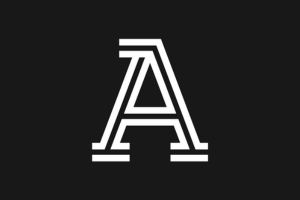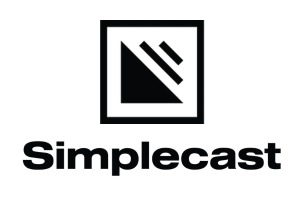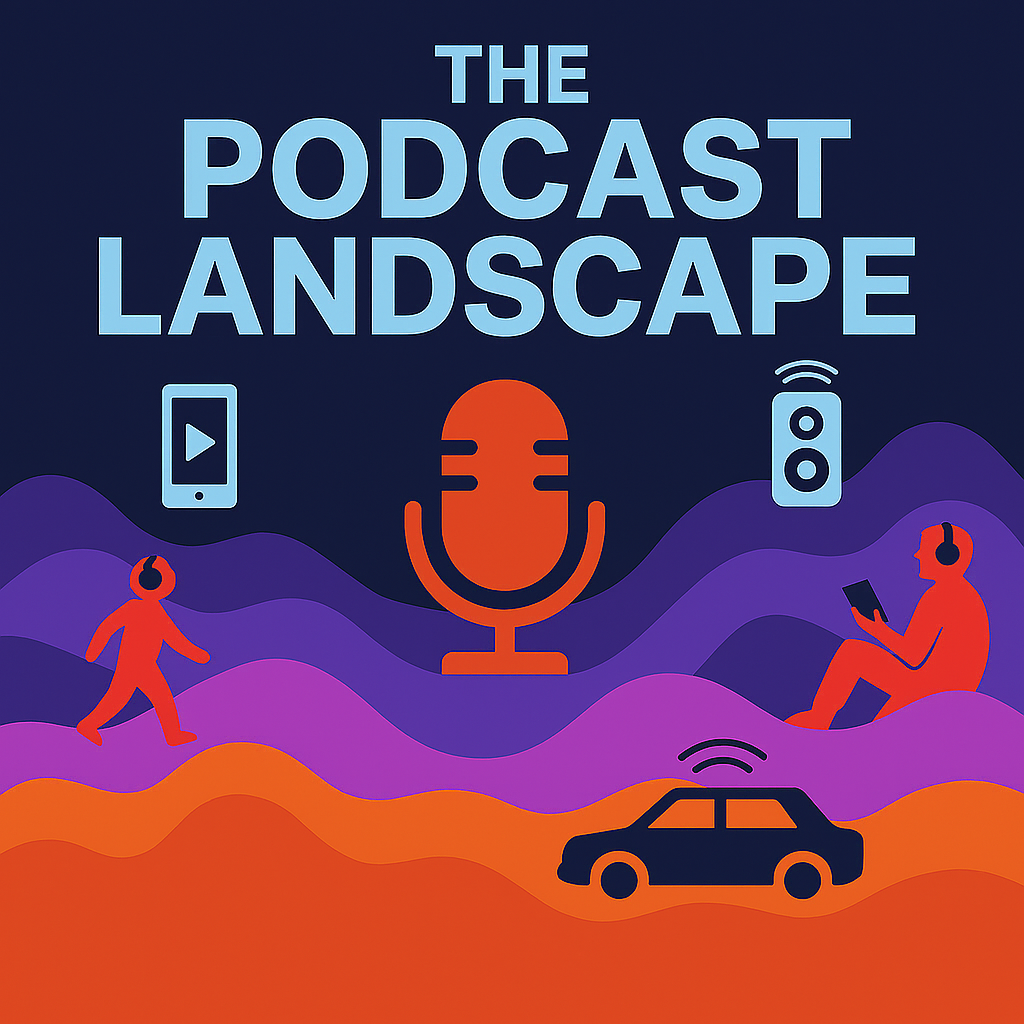No, I’m not going to make cute references to Texas in this week’s intro, even if I am actively packing for Podcast Movement in Dallas. I’m not, because I have to use this precious space to remind you that if you don’t have a room booked yet, TODAY is the last day you can book directly at PodcastMovement.com/PMHotel before prices increase by over $100 more per-night. Now if you’ll excuse me, I have 356 episodes of a soap opera to get through. I sure hope nothing happens to this J.R. guy.
For several years now Magellan AI and Sounds Profitable have collaborated to create a bird’s-eye view infographic of the podcast industry. That infographic, the Podscape, is a living document as new companies join the business of podcasting or evolve into new roles within the industry. Today marks the Summer refresh of the Podscape, available now for free download. If you work in the business of podcasting and would like to be added in the Winter update later this year, or are an existing company that has grown into a new section of the graphic, the form to submit for the next update is now live here.
What Is A Podcast Supposed To Be? By Tom Webster
This week’s article from Tom Webster reflects on the 2024 edition of The Podcast Landscape. The 2024 edition, which surveyed nearly 5,000 people familiar with the term “podcasting,” found 64% of respondents expected a podcast to be audio-only or an audio-dominant medium. The expectations also aligned with actual usage, as when asked to assign a percentage of the podcasts they consume as video, 47% of respondents picked 0 to 24 percent, while only 14% said video took up 75%-100% of their podcast consumption.
In the past few weeks, multiple journalists have approached Webster for comment on how podcasting has become a video medium, and each time he has pointed them to the graphs in question. And every time that detail has not been included in the end result. A quote from Webster.
“Still, perceptions are changing – and they have shifted in the last 12 months, for sure. The expectation for podcasting to be audio and/or video, in fact, showed a significant movement, but maybe not exactly in the way you might think. I’ll reveal the exact numbers next week, along with how they are related to actual consumption, but for now I’ll say this: the category that grew the most wasn’t video-only, or even video-dominant. It was “may be either,” which really will be the story of that graph.”
He suggests we reframe away from YouTube-is-the-new-default to this: podcasting is the most flexible medium. Someone only making audio can open up both new audiences and new consumption opportunities for their existing audience by going to video, but the reverse is also true for video-exclusive productions. By not having audio-first consumption, productions are robbing themselves of new audiences and new consumption options for their existing audience.
Once and For All: Video will NEVER Kill the Radio Star, and Here’s Why by Jen Moss
JAR Podcast Solutions co-founder and Chief Creative Officer Jen Moss writes about the recent contraction of the audio side of podcasting, with several larger outfits downgrading their audio fiction/storytelling capabilities during economic uncertainty. Over many decades now, new mediums have sprung into the world alongside serialized audio storytelling, each time bringing new predictions of audio being donezo. And yet, podcasting is still here. A quote from Moss:
“These are what draw people to great audio, as they have for thousands of years — from hunting tales around the fire, to The Shadow on family radios, to BBC and CBC dramas, books on tape on a Sony Walkman, early podcast hits like Serial, the booming industry of the 2020s, and today’s branded podcasts. Tomorrow? Maybe audio brain-chip dramas. That part’s up to the geeks.”
Moss argues three core strengths to audio: portability, immersiveness, and intimacy. As Tom Webster has said many times throughout the years, time spent with an audio podcast while you do dishes or drive to work isn’t spent time – as it would be watching TV or sitting in a theater – it’s found time.
Video podcasting has its place and its strengths, but with those strengths comes a slew of formats that don’t fit well. Simple interviews and chat shows do not scratch the same itch that audio-first storytelling podcasts have – and continue to – fulfill.
Inside the Walled Garden: Breaking New Ground on YouTube Podcast Measurement
Oxford Road has a new report that represents one of the first scalable, performance-data-driven attempts to quantify the impact of posting ads on YouTube. The report is built from 15-20 podcast episodes of varying scale (ranging from millions of views to under 10k) that ran embedded host-read ads for a client between September and December of 2024, running the ad both in audio-only podcasts and on YouTube. A quote from the release:
“The insights were collected using a first-of-a-kind process, allowing Oxford Road to sidestep the restrictions of YouTube’s “walled garden” which prevents 3rd-party access to crucial ad performance data. Detailed in the white paper, this methodology was piloted using passive monitoring to track the performance of a real campaign in partnership with Crosswalk (MIDG).”
The study finds a visitation lift rate of almost 8% during the exposure period vs. baseline website traffic before the campaigns. Oxford Road positions this study as a step towards building more robust, standardized measurement of podcasts simulcast on YouTube. They call on advertisers and partners to join in on developing improved tools, data, and benchmarks for the growing YouTube podcasting space.
Taylor Swift Debuts New Album, Artwork on Boyfriend’s Podcast
After months of speculation and combing through hours of football conversations, the Swifties who’ve been diehard New Heights fans finally got what they were waiting for. On Tuesday the 12th, at 12:12 am, social media accounts for the Kelce brothers’ podcast New Heights posted clips revealing the next guest of the podcast would be Travis Kelce girlfriend and pop superstar Taylor Swift. And, as a censored version of one clip teased, Swift brought the artwork for her 12th studio album.
This kicked off a hype cycle in full swing, sparking coverage of the teaser clips and millions of views across multiple platforms. As I joked during the Download daily, this is the first podcast news story in a while where my less-online friends and family knew before I messaged them. And that hype shows the power of podcast marketing. Swift could’ve dropped the album’s title and cover on Good Morning America, or her Instagram, or even at one of her concerts, but the venue she chose to get the word out (with the bonus of the best way to mobilize her fanbase) is a podcast.
Wednesday the 13th brought more hype, with outlets like The Wall Street Journal and Front Office Sports getting in on the action. That pre-episode virality moment stands as a testament to why it’s beneficial to leverage clips for podcasts. For instance, Mondo Metrics founder Nick Cicero took to LinkedIn on Thursday the 14th to document views across New Heights’ Instagram, TikTok, X account, YouTube, and Threads. All told, including both the two teaser clips and the freshly-released episode, at 8:35 a.m. EST the Swift episode had racked up 462 million views over less than three days. And, as I write this eight hours later, the main episode alone has ticked up another three million.
Sure, it’s a particularly exaggerated moment thanks to the biggest pop star knowing how to leverage her fanbase, but the fact is shotgun-blasting teasers across all major short-form platforms primed New Heights to have a hotly-anticipated episode of podcasting.
Finally, it’s time for our Quick Hits. These are articles that didn’t quite make the cut for today’s episode, but are still worth including in your weekend reading. This week:
- On Wednesday, August 20th, at 6:30 p.m. director Shaun Michael Colón will be screening his documentary Age of Audio in the Sounds Profitable Lounge for Podcast Movement attendees.
- Fairing co-founder Matt Bahr has an upcoming webinar with Bryan Barletta discussing what listeners remember vs. what platforms report, scheduled for Wednesday August 27th at 1:00 p.m. EST.
- European podcast network The Sport Social Podcast Network has announced a partnership with Listener.com to bring all of their 600+ shows onto Listener’s platform.
- iHeartMedia’s Q2 earnings call reveals podcasting remains a bright spot for the company with $134 million in revenue (28% growth year-over-year) and non-podcast digital revenue up to $190 million (5% up y-o-y).
- Inc.com covers the rising trend of B2B startups using podcast ads as an affordable, hyper-targeted channel that gets their business in front of engaged audiences largely made of the prospective clients.



